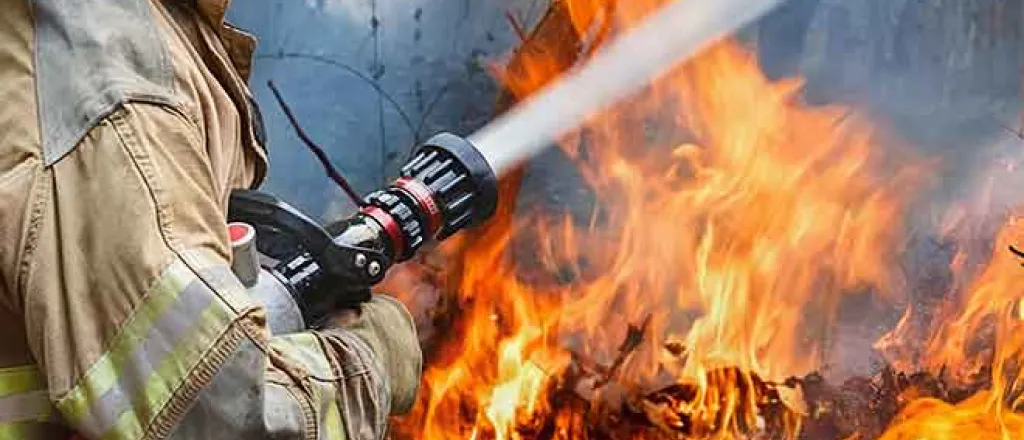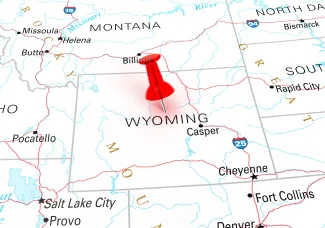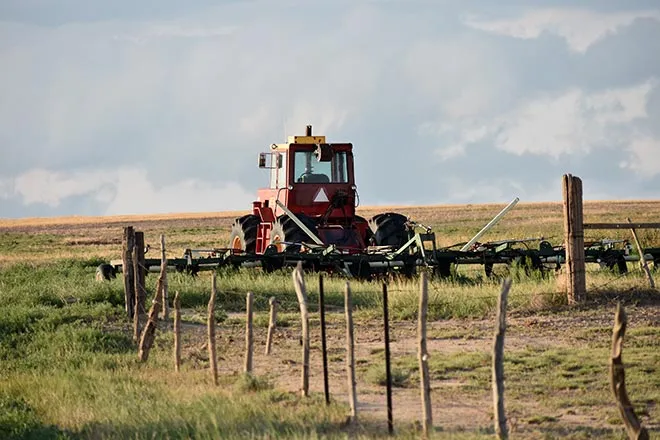
Wyoming communities pitch in on wildfire recovery efforts
Click play to listen to this article.
(Wyoming News Service) Recent extreme wildfires in Wyoming burned nearly 500,000 acres and among those recovering are ranchers and their surviving livestock.
Wildfires burned through large swaths of ranch lands in northern Wyoming and southern Montana last month, including the House Draw Fire, which blazed across nearly 175,000 acres in Johnson and Campbell counties. No homes or human lives were lost, but important ranching resources were, such as hundreds of miles of fencing, winter forage and summer grazing grounds.

Micah Most, agriculture and natural resources educator for the University of Wyoming Extension, said livestock deaths are hard to tally, but the injuries are apparent.
"We're seeing a lot of cattle with injured feet, burned feet, from walking through or over the hot ground as they were escaping," Most pointed out. "A lot of stress just generally on those animals."
Most emphasized the outpouring of support from people in Wyoming and beyond has been "deeply meaningful." The office is coordinating hay donations, locals are helping with livestock relocation and a community network is hosting a drive for fencing supplies. Financial donations can be made to Wyoming Rancher Fire Relief and elsewhere.
Most explained some injured animals may need to be culled from the herd and sold at a discounted price. Extension offices across the state have been revisiting their emergency preparedness and response materials to help people and ranchers deal with increasingly extreme weather events.
"Finding ways to kind of harden your home area, maybe the home ranch place, and limit some of the risk factors," Most stressed.
The fires also burned through important habitat for pronghorn, mule deer and breeding grounds important to the greater sage grouse.

















